Home>Furniture>Living Room Furniture>How To Clean Couch Cushions
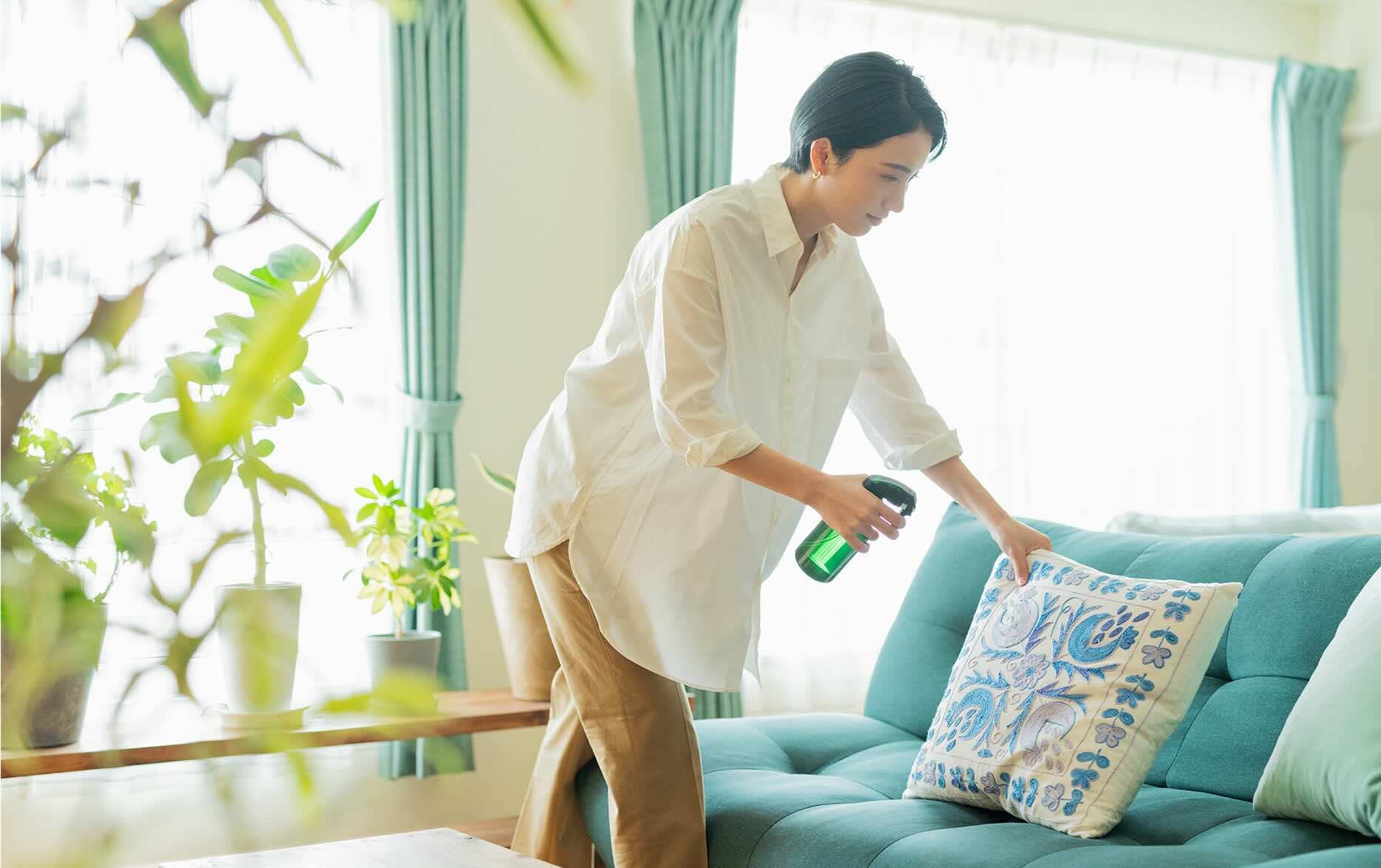

Living Room Furniture
How To Clean Couch Cushions
Modified: March 16, 2024
Looking for the right way to clean your couch cushions? Discover effective tips and tricks for maintaining your living room furniture.
(Many of the links in this article redirect to a specific reviewed product. Your purchase of these products through affiliate links helps to generate commission for Storables.com, at no extra cost. Learn more)
Introduction
Welcome to the world of living room furniture! The living room is the heart of any home – a place where families gather, guests are entertained, and memories are made. And at the center of it all is the beloved couch, providing comfort and style to all who sit upon it. But over time, the cushions of your couch can accumulate dust, dirt, and stains, diminishing both the aesthetic appeal and the overall hygiene of your living space.
That’s where the importance of cleaning couch cushions comes into play. Regularly cleaning your couch cushions not only keeps them looking fresh and inviting, but also helps to maintain their longevity. With a little care and the right cleaning methods, you can ensure that your couch cushions remain in pristine condition for years to come.
Before we delve into the specific cleaning methods for different types of couch cushion materials, let’s take a moment to understand the various materials commonly used in making couch cushions. This knowledge will help you choose the most suitable cleaning techniques for your specific couch cushions.
There are several types of couch cushion materials, including fabric, leather, faux leather, microfiber, vinyl, and suede. Each material requires different cleaning methods to ensure effective stain removal and overall cleanliness. By understanding these materials and their cleaning requirements, you can confidently tackle any dirt or stain that comes your way.
In the following sections, we will explore general cleaning guidelines that apply to all couch cushion materials, as well as specific cleaning techniques for each material. We will also provide tips for maintaining clean couch cushions on a regular basis. So, whether you have fabric, leather, microfiber, or any other type of couch cushions, this article will guide you on how to keep them clean and fresh. So let’s dive in and discover the secrets to spotless couch cushions!
Key Takeaways:
- Regularly cleaning couch cushions is crucial for maintaining a clean and healthy living space, preserving the appearance of furniture, and ensuring long-lasting comfort for family and guests.
- Understanding the specific cleaning methods for different couch cushion materials, such as fabric, leather, faux leather, microfiber, vinyl, and suede, is essential for effective stain removal and proper care.
Read more: How To Steam Clean Couch Cushions
Importance of Cleaning Couch Cushions
Keeping your couch cushions clean is essential for several reasons. Firstly, regular cleaning helps to maintain the overall hygiene of your living space. Over time, dust, allergens, and dirt can accumulate on your couch cushions, leading to potential health issues. Cleaning them regularly ensures a clean and healthy environment for you and your family.
Secondly, cleaning your couch cushions helps to preserve their appearance and extend their lifespan. Stains, spills, and dirt can quickly ruin the overall look of your couch cushions. By regularly cleaning and removing stains, you can keep them looking fresh and new for longer.
Additionally, clean couch cushions contribute to the overall cleanliness of your living room. As the centerpiece of the room, your couch cushions attract attention. If they are dirty or stained, it can give the impression that your entire living space is unkempt. On the other hand, clean and well-maintained couch cushions elevate the aesthetic appeal of your living room, making it a more inviting and comfortable space.
Furthermore, cleaning your couch cushions is an important part of regular home maintenance. It allows you to identify any underlying issues and address them before they become more significant problems. For example, by regularly cleaning your couch cushions, you can spot any mold or mildew growth early on and take appropriate action to prevent it from spreading.
Lastly, clean couch cushions provide a much more enjoyable seating experience. Nobody wants to sit on a dirty or smelly cushion. By keeping them clean, you ensure that your guests and family members have a comfortable and pleasant place to relax.
Overall, the importance of cleaning couch cushions cannot be overstated. It not only promotes a clean and healthy living environment but also enhances the aesthetic appeal and longevity of your furniture. So, let’s move on to the next section to learn some general cleaning guidelines that apply to all couch cushion materials.
Types of Couch Cushion Materials
When it comes to couch cushions, there are various types of materials used, each with its own unique characteristics and cleaning requirements. Understanding the different materials will help you choose the most effective cleaning method for your specific couch cushions. Let’s explore some of the most common types of couch cushion materials:
- Fabric: Fabric is a popular choice for couch cushions due to its comfort and versatility. It comes in a wide range of options, such as cotton, linen, polyester, and microfiber. Fabric cushions are generally easy to clean, but the specific cleaning method will depend on the type of fabric.
- Leather: Leather is a luxurious and durable material commonly used for couch cushions. It adds a touch of elegance to any living room. Cleaning leather cushions requires specialized products and gentle techniques to maintain their texture and color.
- Faux Leather: Faux leather, also known as synthetic leather, is an affordable alternative to genuine leather. It offers a similar aesthetic without the high cost. Faux leather cushions are relatively easy to clean and require minimal maintenance.
- Microfiber: Microfiber is a synthetic fabric known for its durability and resistance to stains. It is a popular choice for households with children or pets. Cleaning microfiber cushions involves specific techniques to avoid damaging the fabric.
- Vinyl: Vinyl is a synthetic material that resembles leather but is more affordable and easier to clean. It is commonly used in households with high traffic or for outdoor furniture. Cleaning vinyl cushions typically involves mild soap and water.
- Suede: Suede is a soft and luxurious material known for its velvety texture. It adds a touch of elegance to any couch. However, suede cushions are more delicate and require special care during cleaning to avoid damage.
Knowing the type of material your couch cushions are made of will provide you with valuable insights into the specific cleaning methods required. In the next section, we will explore some general cleaning guidelines that apply to all couch cushion materials. These guidelines will help you maintain the cleanliness and longevity of your couch cushions, regardless of the material.
General Cleaning Guidelines for All Couch Cushion Materials
Before diving into the specific cleaning methods for different types of couch cushion materials, it’s crucial to understand some general cleaning guidelines that apply to all materials. These guidelines will help maintain the cleanliness and integrity of your couch cushions, regardless of the material they are made of. Here are some essential steps to follow:
- Vacuum regularly: Regular vacuuming is essential to remove loose dirt, dust, and debris from your couch cushions. Use a brush attachment or a handheld vacuum with a soft brush to gently remove surface dirt. This step will prevent the dirt from settling into the fabric or upholstery.
- Check the care label: Before proceeding with any cleaning method, always check the care label on your couch cushions. The care label provides important instructions and guidelines specific to the material. Follow these instructions carefully to avoid any damage.
- Spot test: It’s crucial to spot test any cleaning solution or method on a small, inconspicuous area of your couch cushions before applying it to the entire cushion. This will help determine if the solution or method is safe and effective for your specific material.
- Blotting over rubbing: When dealing with stains, it’s important to remember to blot rather than rub the affected area. Rubbing can spread the stain and push it deeper into the fabric or upholstery. Use a clean cloth or paper towel to gently blot the stain, starting from the outer edge and working your way towards the center.
- Use mild cleaning solutions: Opt for mild cleaning solutions that are gentle on your couch cushion material. Avoid harsh chemicals or bleach, as they can cause discoloration or damage. Instead, choose mild soap, water-based upholstery cleaners, or natural cleaning solutions like vinegar or baking soda.
- Follow proper drying techniques: After cleaning, make sure to dry your couch cushions thoroughly. Allow them to air dry in a well-ventilated area, away from direct heat or sunlight. If needed, use a fan or gentle air circulation to speed up the drying process.
- Brush or fluff the cushions: Once your couch cushions are dry, use a soft brush or your hands to fluff or brush the surface. This will help restore the shape and texture of the cushions and remove any lingering dirt or debris.
These general cleaning guidelines will help you maintain the cleanliness and integrity of your couch cushions, regardless of the material they are made of. However, it’s essential to keep in mind that different materials have specific cleaning requirements and techniques. In the following sections, we will explore the cleaning methods for each type of couch cushion material in detail, so you can effectively tackle any dirt or stains that come your way.
Cleaning Couch Cushions Made of Fabric
Fabric couch cushions are a popular choice due to their comfort and versatility. Whether your cushions are made of cotton, linen, polyester, or microfiber, maintaining their cleanliness is crucial to keep them looking fresh and inviting. Here’s how you can effectively clean fabric couch cushions:
- Remove any loose debris: Begin by using a vacuum cleaner with a brush attachment to remove loose dirt, dust, and crumbs from the surface of the cushions. Be sure to vacuum all sides of the cushions, including the back and sides.
- Check the care label: Before proceeding with any cleaning method, always check the care label on your fabric couch cushions. The care label will provide specific instructions regarding the recommended cleaning method and any precautions to consider.
- Spot clean stains: For fresh spills or stains, act quickly to prevent them from setting in. Blot the stain with a clean cloth or paper towel to absorb as much of the liquid as possible. Avoid rubbing, as it can spread the stain. Then, apply a small amount of mild detergent or upholstery cleaner specifically designed for fabric cushions to the stained area. Gently blot the stain with a clean cloth or sponge, working from the outside towards the center. Rinse the area with a clean cloth dampened with water and blot dry.
- Deep clean: For more stubborn stains or general cleaning, you may need to deep clean your fabric couch cushions. Start by removing the cushion covers, if possible, following the instructions on the care label. Check if the covers are machine washable. If they are, choose a gentle cycle and wash them in cold water with a mild detergent. Hang or lay flat to dry. If the cushion covers are not machine washable, you can use a fabric-safe upholstery cleaner or create a DIY cleaning solution using a mixture of mild detergent and water. Gently scrub the cushions with a soft brush or sponge, working in circular motions. Rinse with a clean cloth dampened with water and blot dry.
- Allow for proper drying: After cleaning, it’s essential to ensure that the fabric couch cushions are thoroughly dried to prevent mold or mildew growth. Air dry the cushions in a well-ventilated area, away from direct heat or sunlight. Use fans or open windows to facilitate the drying process.
- Reassemble and fluff: Once the cushions are completely dry, reattach the covers if necessary. To restore their shape and loft, gently fluff and pat the cushions. Give them a good shake to remove any remaining debris and ensure even distribution of the filling.
Regularly vacuuming and promptly addressing spills or stains on your fabric couch cushions will help maintain their cleanliness and prolong their lifespan. Following these cleaning guidelines will ensure that your fabric couch cushions consistently look their best. In the next section, we will explore how to clean couch cushions made of leather.
Read more: How To Properly Clean Couch Cushions
Cleaning Couch Cushions Made of Leather
Leather couch cushions bring a touch of luxury and sophistication to any living space. Although they require special care and attention, keeping them clean and well-maintained is worth the extra effort. Follow these steps to effectively clean your leather couch cushions:
- Dust and vacuum: Begin by using a soft brush or a vacuum cleaner with a brush attachment to gently remove any loose dust or debris from the surface of your leather couch cushions. Pay attention to the crevices and seams where dirt tends to accumulate.
- Check the care label: Before proceeding with any cleaning method, it’s crucial to check the care label on your leather couch cushions. The care label will provide specific instructions regarding the recommended cleaning products and techniques for your particular type of leather.
- Spot clean stains: If you notice any spills or stains on your leather cushions, it’s important to address them promptly. Use a clean, damp cloth or sponge to blot the stain gently. Avoid rubbing, as it can damage the leather. If the stain persists, use a mild soap solution or a leather-specific cleaner recommended by the manufacturer. Dab the stain with the cleaner and gently work it into the leather using circular motions. Rinse the area with a clean, damp cloth and immediately pat it dry with a soft towel.
- Condition the leather: Regular conditioning is essential to keep your leather couch cushions soft, supple, and protected. Choose a high-quality leather conditioner that is suitable for your specific type of leather. Apply the conditioner to a clean, dry cloth and buff it onto the cushions in small circular motions. Allow the conditioner to be absorbed into the leather, and then wipe off any excess conditioner with a separate clean, dry cloth.
- Avoid harsh cleaners: It’s important to note that harsh chemicals, abrasive cleaners, and alcohol-based products should never be used on leather couch cushions. These can strip away the natural oils and damage the leather surface, causing it to crack or fade.
- Avoid direct sunlight and heat: Leather is sensitive to heat and direct sunlight, which can cause it to fade or become dry and brittle. Avoid placing your leather couch cushions near windows or heat sources. If your cushions are exposed to excessive sunlight, use window coverings or apply UV protection products to prevent sun damage.
- Professional cleaning: If your leather couch cushions require extensive cleaning or have stubborn stains that you can’t remove yourself, it may be best to seek professional cleaning services. Professional cleaners have the expertise and specialized equipment to clean and condition leather effectively.
Regular cleaning and conditioning of leather couch cushions will help maintain their beauty and extend their lifespan. By following these cleaning guidelines and caring for your leather cushions, you can continue to enjoy their luxurious appeal for years to come. In the next section, we will discuss how to clean couch cushions made of faux leather.
Cleaning Couch Cushions Made of Faux Leather
Faux leather couch cushions offer a stylish and affordable alternative to genuine leather. While they may not require the same level of care as genuine leather, it’s still important to clean and maintain them properly to preserve their appearance and longevity. Follow these steps to effectively clean your faux leather couch cushions:
- Dust and vacuum: Begin by using a soft brush or a vacuum cleaner with a brush attachment to gently remove any loose dust or debris from the surface of your faux leather couch cushions. Pay attention to the seams and crevices where dirt can often accumulate.
- Check the care label: Before proceeding with any cleaning method, it’s important to check the care label on your faux leather couch cushions. The care label will provide specific instructions and recommendations regarding the proper cleaning products and techniques for your particular type of faux leather.
- Wipe with a damp cloth: In most cases, wiping the faux leather cushions with a clean, damp cloth is sufficient for regular cleaning. Dampen a cloth with water and gently wipe down the cushions, removing any surface dirt or spills. Avoid using excessive water as it can damage the material. Ensure the cloth is well wrung out before wiping.
- Mild soap solution: For more stubborn stains or dirt, you may need to use a mild soap solution. Mix a small amount of mild dish soap with water to create a gentle cleaning solution. Dampen a clean cloth with the soapy solution and wipe the affected area in a circular motion. Rinse the cloth with water and wipe away any soap residue. Immediately dry the cushions with a soft, dry cloth.
- Avoid harsh chemicals: Harsh chemicals, solvents, and abrasive cleaners should not be used on faux leather cushions as they can damage or discolor the material. Stick to mild cleaning solutions and gentle cleaning techniques. Always spot test the cleaning solution on a small, inconspicuous area before applying it to the entire cushion.
- Conditioning (optional): Unlike genuine leather, faux leather does not require conditioning. The material is synthetic and doesn’t possess the same natural oils that genuine leather does. Conditioning products designed for genuine leather are not suitable for faux leather and may leave a sticky residue or damage the material. Stick to regular cleaning to maintain the faux leather cushions.
- Protect from direct sunlight: Faux leather is more susceptible to fading and drying out when exposed to direct sunlight and heat. To prevent sun damage, avoid placing your faux leather couch cushions in direct sunlight or near heat sources. Use curtains or blinds to shield them from harsh sunlight if necessary.
- Avoid sharp objects: Faux leather can easily be punctured or scratched by sharp objects. To prevent damage, keep sharp objects away from the cushions, and handle them with care.
Regular cleaning and proper care will help preserve the appearance and extend the lifespan of your faux leather couch cushions. By following these cleaning guidelines, you can enjoy the beauty and durability of your faux leather cushions for years to come. In the next section, we will discuss how to clean couch cushions made of microfiber.
Mix a solution of mild detergent and water, then use a soft-bristled brush to gently scrub the cushions. Rinse with a damp cloth and allow to air dry. For tough stains, consider using a fabric cleaner specifically designed for upholstery.
Cleaning Couch Cushions Made of Microfiber
Microfiber couch cushions are a popular choice for their durability, softness, and resistance to stains. Proper cleaning and maintenance are key to preserving their appearance and ensuring their longevity. Follow these steps to effectively clean your microfiber couch cushions:
- Check the care label: Before proceeding with any cleaning method, check the care label on your microfiber couch cushions for specific instructions. The care label will provide information about the recommended cleaning products and techniques for your particular type of microfiber.
- Remove loose debris: Start by using a soft brush or a vacuum cleaner with a brush attachment to gently remove any loose dirt, crumbs, or pet hair from the surface of your microfiber couch cushions. Pay attention to the corners, crevices, and seams.
- Spot clean stains: If you notice any spills or stains on your microfiber cushions, address them promptly. Blot the stain with a clean, dry cloth or paper towel to absorb as much liquid as possible. Avoid rubbing, as it can push the stain deeper into the fabric. For water-based stains, use a mixture of mild detergent and water. Gently sponge the stained area with the solution, working from the outside towards the center. Rinse the area with a clean, damp cloth and blot dry.
- Full cleaning: For more extensive cleaning or general maintenance, it’s recommended to use a microfiber-specific upholstery cleaner. Follow the instructions on the cleaner and apply it to the entire cushion surface. Use a clean, soft-bristle brush or sponge to gently scrub the cushions in a circular motion. Rinse with a clean cloth dampened with water, making sure to remove all traces of the cleaner. Blot dry with a clean towel.
- Preventing water stains: When cleaning microfiber, it’s important to prevent water stains from forming. To do this, dampen the entire cushion rather than spot cleaning only. This ensures that there are no rings or marks left behind after the cleaning process.
- Use rubbing alcohol for tougher stains: For oil-based stains or more stubborn marks, you can use isopropyl rubbing alcohol. Dampen a cloth with rubbing alcohol and gently blot the stain. Be sure to test the alcohol on a small, inconspicuous area first to ensure it does not damage or discolor the microfiber.
- Brush and fluff: Once your microfiber couch cushions are completely dry, use a soft-bristle brush to gently fluff and restore the texture of the fabric. Brush in circular motions to help maintain the softness and loft of the microfiber.
- Protective measures: To keep your microfiber couch cushions looking clean and fresh, consider using fabric protectors specifically designed for microfiber. These protectors create a barrier on the fabric, making it easier to clean up spills and stains before they set in.
By following these cleaning guidelines and taking proper care of your microfiber couch cushions, you can enjoy their comfort and beauty for years to come. In the next section, we will cover how to clean couch cushions made of vinyl.
Cleaning Couch Cushions Made of Vinyl
Vinyl couch cushions are a popular choice for their durability, affordability, and ease of maintenance. Whether you have a vinyl-covered couch or vinyl upholstery on your cushions, regular cleaning is essential to keep them looking their best. Follow these steps to effectively clean your vinyl couch cushions:
- Dust and vacuum: Start by using a soft brush or a vacuum cleaner with a brush attachment to gently remove any loose dirt, dust, or debris from the surface of your vinyl couch cushions. Pay attention to the crevices, seams, and corners.
- Check the care label: Before proceeding with any cleaning method, it’s important to check the care label on your vinyl couch cushions. The care label may provide specific instructions and recommendations for the proper cleaning products and techniques.
- Wipe with a damp cloth: For regular cleaning, simply wipe down the vinyl cushions with a clean, damp cloth. Dampen the cloth with water and wring out any excess moisture. Gently wipe the cushions, removing any surface dirt or spills. To remove stubborn stains, you can add a mild soap solution to the damp cloth and continue wiping.
- Mild soap and warm water: For more stubborn stains or dirt buildup, mix a solution of mild soap and warm water. Dampen a clean cloth in the solution and gently scrub the stained areas. Be cautious not to use excessive water, as vinyl is not waterproof and can become damaged if soaked. Rinse the cloth with clean water and continue wiping away any soap residue.
- Dry thoroughly: After cleaning, ensure that your vinyl couch cushions are completely dry. Use a soft, dry cloth to blot any excess moisture. Allow the cushions to air dry in a well-ventilated area. Avoid exposing them to direct sunlight or using heat sources to expedite the drying process, as this can cause the vinyl to crack or fade.
- Vinyl protectant: To keep your vinyl couch cushions looking their best and protected against future stains, consider applying a vinyl protectant. These products create a protective barrier on the surface of the vinyl, making it easier to clean and preventing stains from penetrating the material. Follow the instructions on the protectant product for best results.
- Avoid abrasive cleaners: It’s important to note that abrasive cleaners, harsh chemicals, and rough scrub brushes should be avoided when cleaning vinyl couch cushions. These can damage the vinyl surface, leading to discoloration or deterioration.
- Quickly address spills: Promptly clean up any spills or stains on your vinyl couch cushions to prevent them from setting in. Blot the spill with a clean cloth or paper towel, absorbing as much liquid as possible. Follow the cleaning steps mentioned above to remove any remaining residue.
By following these cleaning guidelines and practicing regular maintenance, you can keep your vinyl couch cushions clean and looking their best. In the next section, we will discuss how to clean couch cushions made of suede.
Read more: How To Clean IKEA Couch Cushions
Cleaning Couch Cushions Made of Suede
Suede couch cushions offer a luxurious and soft texture that adds a touch of elegance to any living space. However, cleaning and maintaining suede can be tricky as it’s a delicate material. To ensure the longevity and beauty of your suede couch cushions, follow these steps:
- Dry clean: Due to the delicate nature of suede, it’s best to start by dry cleaning your couch cushions. Use a suede brush or a soft-bristled brush to gently remove any loose dirt or debris. Brush in one direction to prevent smudging.
- Remove stains: If you notice any stains on your suede cushions, there are a few methods you can try to remove them. First, use a clean cloth slightly dampened with distilled water to gently blot the stain. Avoid rubbing, as it can spread the stain. Allow the area to air dry once the stain is lifted. If the stain persists, you can use a suede eraser or a suede-specific cleaning solution. Follow the instructions on the product for the best results.
- Brush the suede: After cleaning and once the suede is dry, use a suede brush or a soft-bristled brush to revive the nap. Brush in a back-and-forth motion to restore the suede’s softness and smoothness. This step also helps to lift any remaining dirt or debris from the surface.
- Suede protector: To protect your suede couch cushions from future stains and damage, consider applying a suede protector spray. These products create a protective barrier on the surface of the suede, making it easier to clean and repelling liquid spills. Follow the instructions on the suede protector spray and ensure that the cushions are thoroughly dry before applying.
- Avoid water: Suede is highly sensitive to water and can be easily damaged. It’s essential to avoid using water-based cleaning methods or excessive moisture when cleaning suede. Water can cause staining or lead to a change in texture. Always opt for dry-cleaning methods and gentle techniques when cleaning suede cushions.
- Professional cleaning: If your suede couch cushions require extensive cleaning or have stubborn stains that you can’t remove yourself, it may be best to consult a professional suede cleaner. They have the expertise and specialized tools to clean suede effectively without causing damage.
Regular and careful cleaning of your suede couch cushions will help preserve their softness, appearance, and integrity. By following these cleaning guidelines and taking proper care of your suede cushions, you can enjoy their luxurious feel and elegant look for years to come. In the next section, we will discuss how to remove specific stains from couch cushions, regardless of the material.
Removing Specific Stains from Couch Cushions
Accidents happen, and stains on couch cushions are inevitable. However, with the right techniques and cleaning solutions, you can effectively remove specific stains from your couch cushions, regardless of the material. Here’s how to tackle some common stains:
- Food and beverage stains: Blot the stain gently with a clean cloth or paper towel to absorb any excess liquid. Avoid rubbing, as it can spread the stain. If the stain is water-based, use a gentle cleaning solution of mild dish soap and water. Dab the stain with the solution, working from the outside in. Rinse with a clean cloth dampened with water and blot dry.
- Grease and oil stains: Use a clean cloth or paper towel to blot up any excess grease or oil. Sprinkle baking soda or cornstarch on the stain and let it sit for about 15 minutes to absorb the oil. Gently brush off the powder, and if any residue remains, use a mild dish soap solution to dab the stain. Rinse with a clean cloth dampened with water and blot dry.
- Ink stains: Act quickly by blotting the ink stain with a clean cloth or paper towel to absorb the ink. Do not rub, as it can spread the stain. Apply rubbing alcohol to a clean cloth and blot the stain gently. Keep dabbing until the ink lifts off. Rinse with a clean cloth dampened with water and blot dry.
- Pet stains: Blot up any excess urine or vomit with a clean cloth or paper towel. Mix a solution of equal parts water and white vinegar. Dab the stained area with the solution, working from the outside toward the center. Rinse with a clean cloth dampened with water and blot dry. For persistent odors, sprinkle baking soda on the cushion, let it sit overnight, and vacuum it off the next day.
- Mold and mildew: Mix a solution of equal parts water and white vinegar or hydrogen peroxide. Dampen a clean cloth with the solution and gently blot the affected area. Use a soft brush to scrub away any visible mold or mildew. Rinse with a cloth dampened with water and blot dry. Ensure that the cushion is completely dry to prevent further mold growth. If the mold or mildew persists, consider consulting a professional cleaner.
- Blood stains: Blot the stained area with a clean cloth or paper towel to absorb as much blood as possible. Mix a small amount of hydrogen peroxide with water (follow package instructions for proper dilution). Dab the stain with the solution, working from the outer edges inward. Rinse with a clean cloth dampened with water and blot dry. For set-in blood stains, you may need to consult a professional cleaner.
Remember to always blot stains and avoid rubbing, as rubbing can push the stain deeper into the fabric or upholstery. Additionally, it’s crucial to spot-test any cleaning solutions on an inconspicuous area of the cushion before treating the entire stain, to ensure compatibility with the material. By following these tips, you can effectively remove specific stains from your couch cushions and keep them looking clean and fresh.
Now that you’re equipped with stain-fighting knowledge, it’s important to take preventive measures to maintain clean couch cushions on a regular basis. In the next section, we will share some tips for maintaining the cleanliness of your couch cushions.
Tips for Maintaining Clean Couch Cushions
To keep your couch cushions looking clean and fresh, regular maintenance and preventive measures are key. Here are some tips to help you maintain the cleanliness of your couch cushions:
- Remove loose debris: Vacuum your couch cushions regularly with a brush attachment to remove loose dirt, dust, and debris. Pay particular attention to the crevices and corners where dirt tends to accumulate.
- Rotate cushions: Rotate and flip your couch cushions periodically to ensure even wear and tear. This will prevent specific areas from becoming more worn or stained than others.
- Use protective covers: Consider using removable and washable protective covers for your couch cushions. These covers act as a barrier, preventing spills, stains, and dirt from directly reaching the cushions. They can easily be removed, washed, and replaced, helping to prolong the lifespan of your cushions.
- Establish no-food zones: Avoid eating or drinking on the couch to minimize the risk of spills and stains. Encourage family members and guests to enjoy their meals at the dining table or designated eating areas instead.
- Address spills promptly: Accidents happen, but acting quickly can prevent stains from setting in. Immediately blot up any spills with a clean cloth or paper towel, absorbing as much liquid as possible. Then, follow the appropriate cleaning steps mentioned earlier for specific stains.
- Regular dusting: Dust your couch cushions with a microfiber cloth or feather duster to remove excess dust and keep them looking fresh. This can be done in conjunction with routine vacuuming.
- Avoid direct sunlight: Prolonged exposure to direct sunlight can cause fading and discoloration of your couch cushions. Protect them by using curtains, blinds, or UV-resistant window films to minimize sun damage.
- Keep pets off the couch: If you have pets, it’s best to establish areas where they are not allowed on the couch. Pet hair, dander, and accidental spills from pets can require more frequent cleaning. Use pet-friendly furniture covers to protect your couch cushions if they are prone to shedding or accidents.
- Routine professional cleaning: Consider scheduling professional upholstery cleaning for your couch cushions on a regular basis. Professional cleaners have the expertise and specialized equipment to deeply clean and refresh your cushions, removing any deeply embedded dirt or odors.
- Follow care instructions: Always refer to the care label on your couch cushions for specific cleaning and maintenance instructions. Different materials may have unique requirements, and following these instructions will help preserve the integrity and lifespan of your cushions.
By practicing these tips for maintaining clean couch cushions, you can ensure that your living room remains a clean and inviting space for relaxation and entertainment. Regular maintenance and preventive measures go a long way in keeping your cushions looking their best for years to come.
Now that you have a comprehensive understanding of how to clean and maintain couch cushions made of various materials, you’re ready to take action and enjoy the benefits of spotless and fresh cushions in your living room!
Conclusion
Keeping your couch cushions clean is essential for maintaining a clean and healthy living environment, preserving the appearance of your furniture, and ensuring the longevity of your cushions. Whether your couch cushions are made of fabric, leather, faux leather, microfiber, vinyl, or suede, following the appropriate cleaning methods and maintenance tips will help keep them looking fresh and inviting.
We started by highlighting the importance of cleaning couch cushions and how it contributes to the overall cleanliness of your living space. We then explored the various types of couch cushion materials, such as fabric, leather, faux leather, microfiber, vinyl, and suede, understanding the unique characteristics and cleaning requirements of each.
To maintain clean and well-maintained couch cushions regardless of the material, we provided general cleaning guidelines, including vacuuming regularly, spot testing, using mild cleaning solutions, and following proper drying techniques. These guidelines serve as a foundation for maintaining the cleanliness and integrity of your couch cushions.
We then delved into specific cleaning methods for fabric, leather, faux leather, microfiber, vinyl, and suede couch cushions. Each material requires tailored cleaning techniques to ensure effective stain removal and proper care. By following the instructions outlined in each section, you can address stains and keep your specific couch cushion material looking its best.
In addition to cleaning, we discussed how to remove specific stains commonly encountered on couch cushions, such as food and beverage stains, grease and oil stains, ink stains, pet stains, mold and mildew, and blood stains. By following the recommended methods for each stain type, you can effectively tackle various spills and accidents.
Lastly, we provided tips on maintaining clean couch cushions, including regular vacuuming, rotating cushions, using protective covers, prompt spill cleanup, routine dusting, sunlight protection, pet prevention, professional cleaning, and following care instructions. These tips will help you establish a regular cleaning routine and preventive measures for long-lasting freshness and cleanliness.
In conclusion, by incorporating regular cleaning and maintenance into your couch cushion care routine, you can extend the lifespan of your furniture, create a clean and inviting living space, and ensure the comfort and enjoyment of family and guests. So put these tips into practice and enjoy the benefits of spotless and fresh couch cushions that elevate the beauty and comfort of your living room.
Frequently Asked Questions about How To Clean Couch Cushions
Was this page helpful?
At Storables.com, we guarantee accurate and reliable information. Our content, validated by Expert Board Contributors, is crafted following stringent Editorial Policies. We're committed to providing you with well-researched, expert-backed insights for all your informational needs.
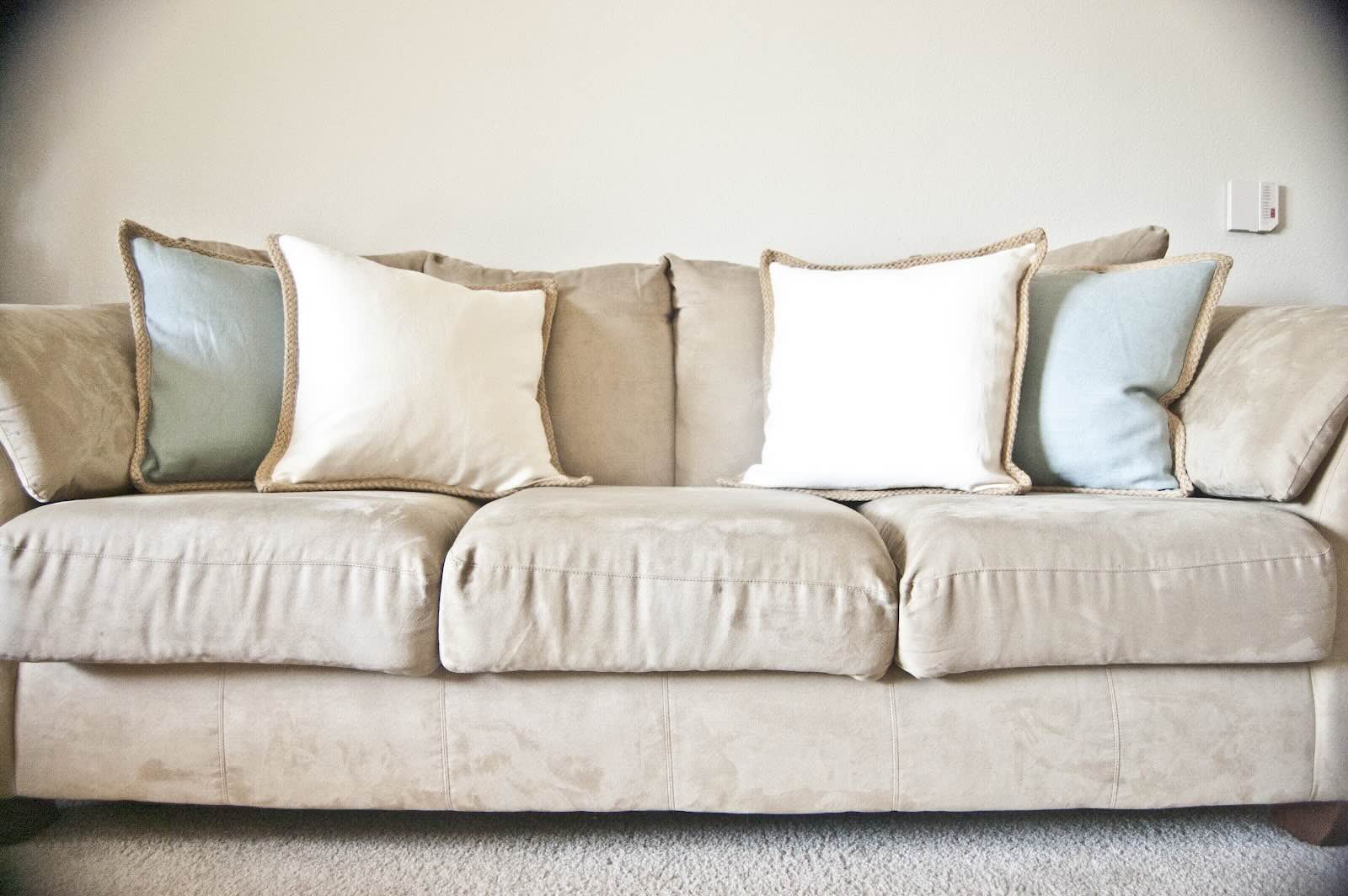
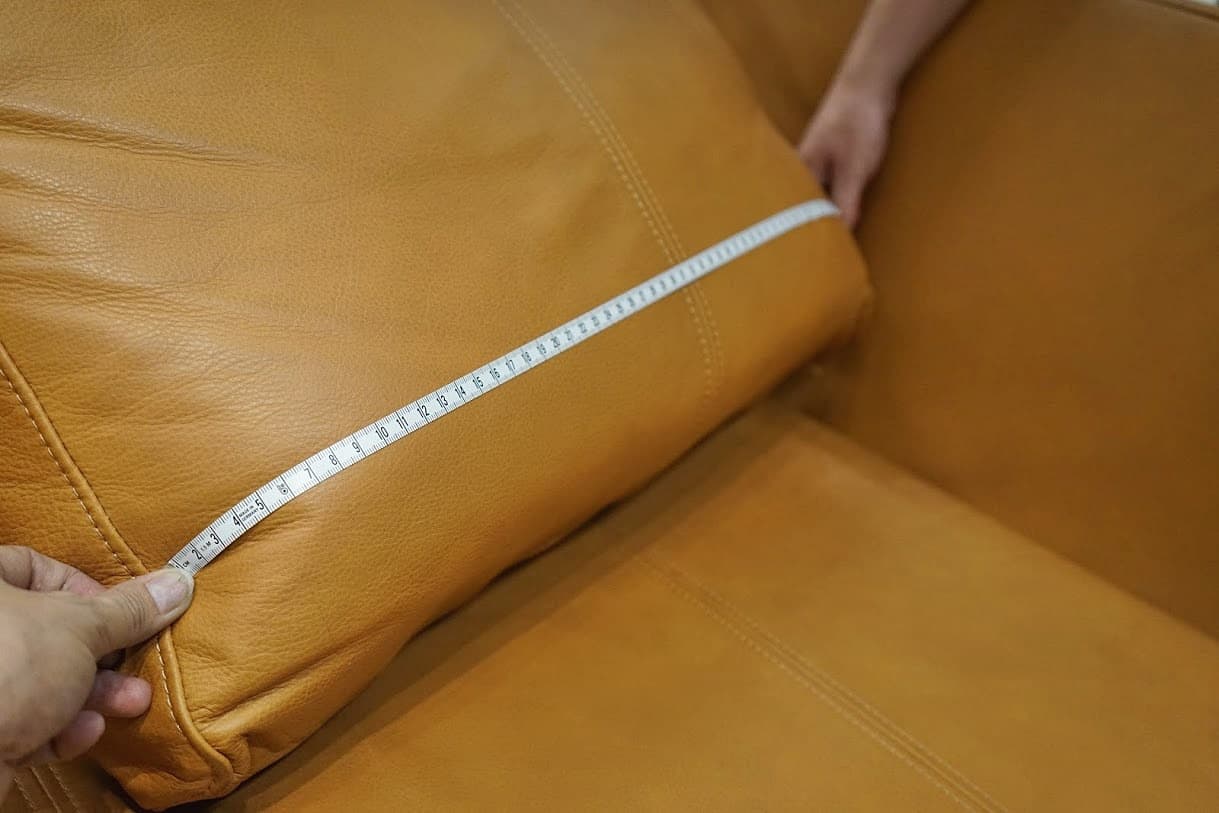
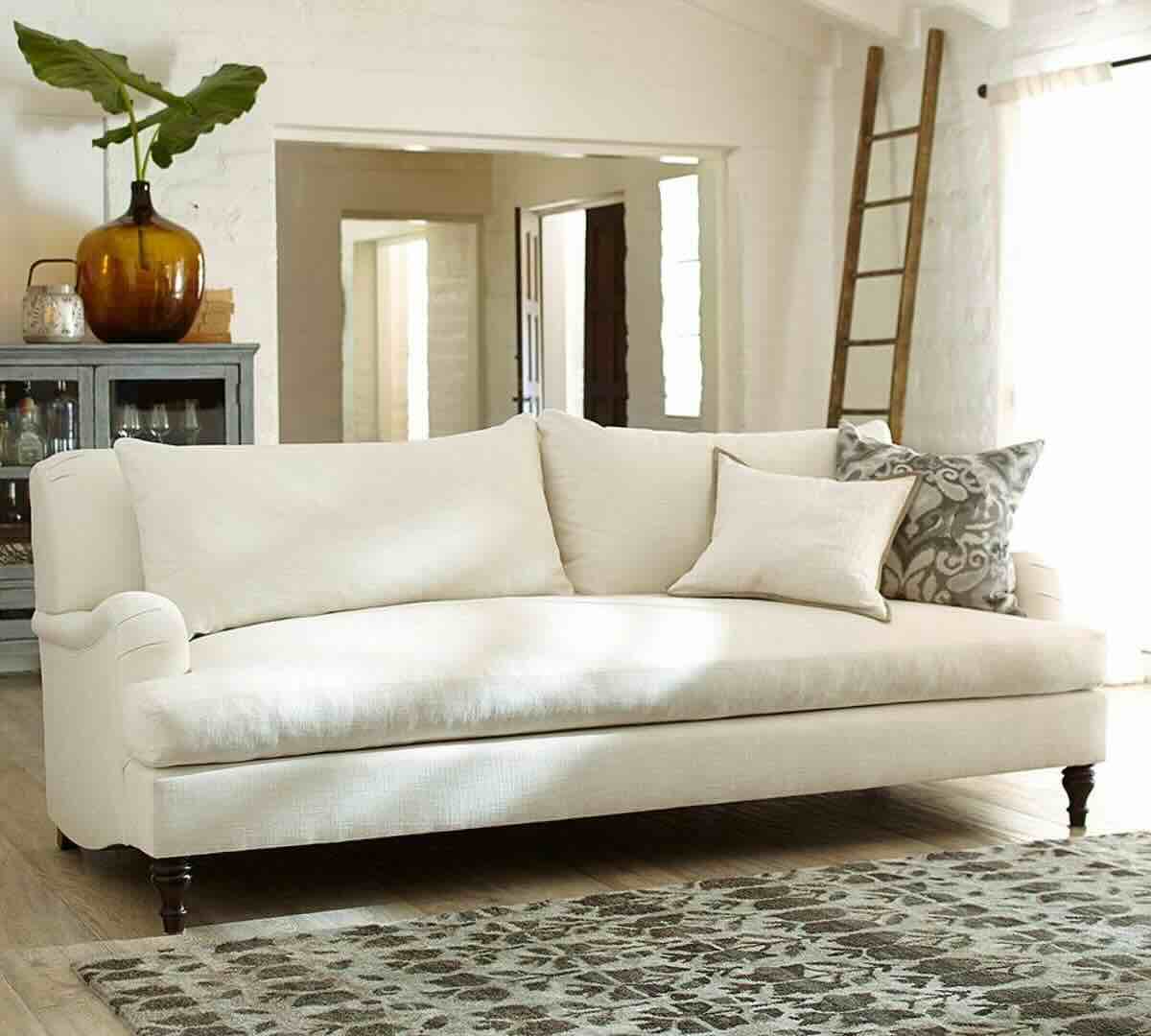
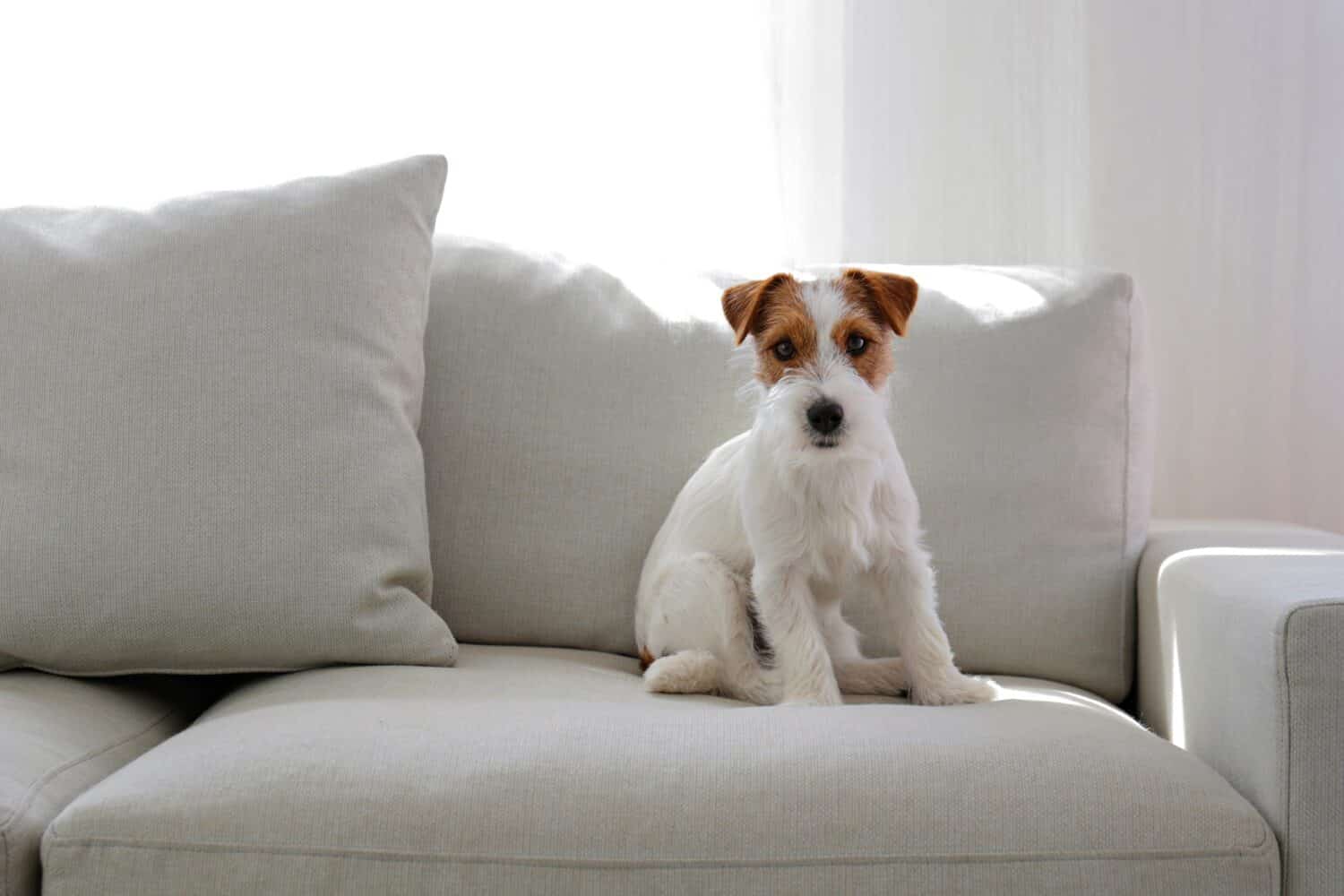
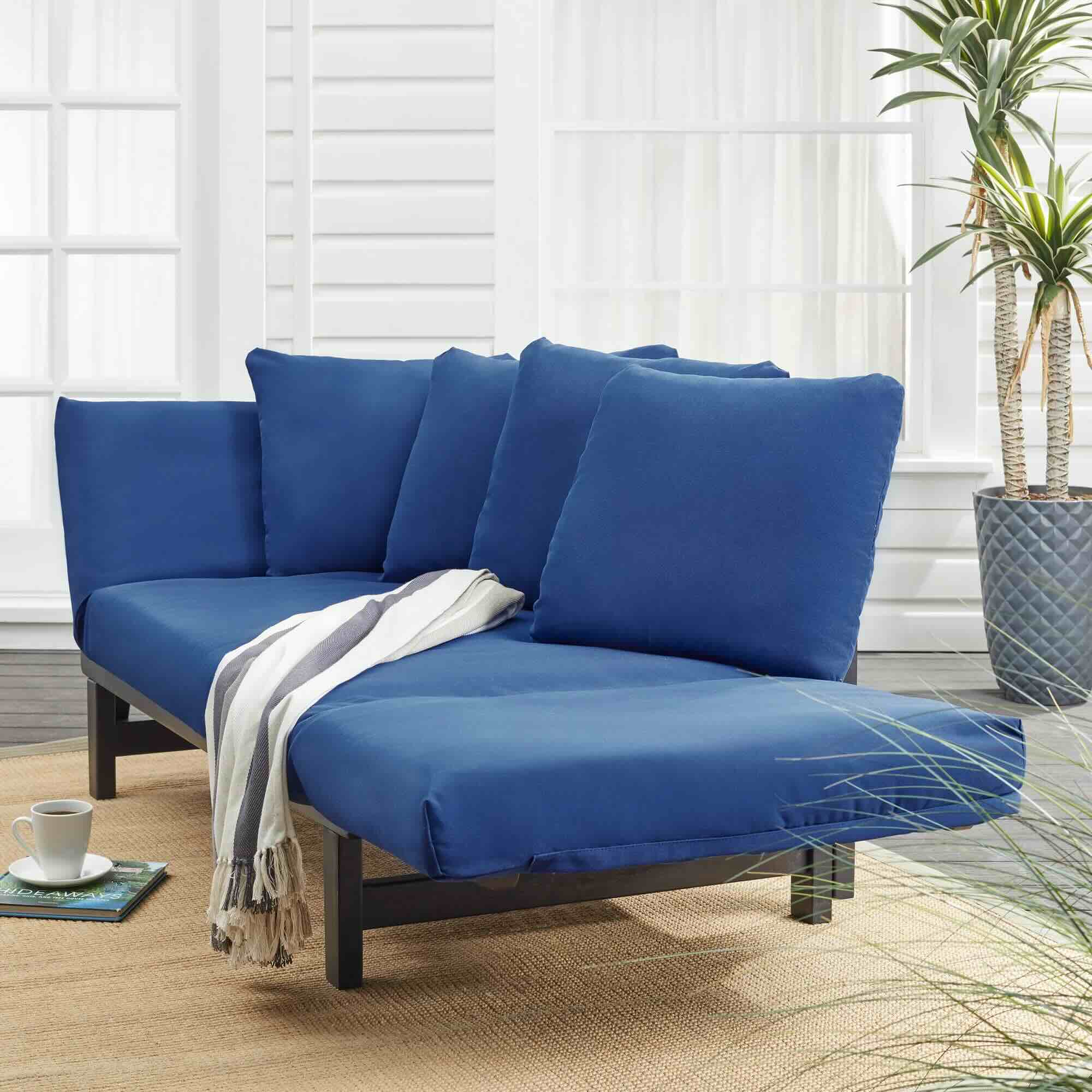
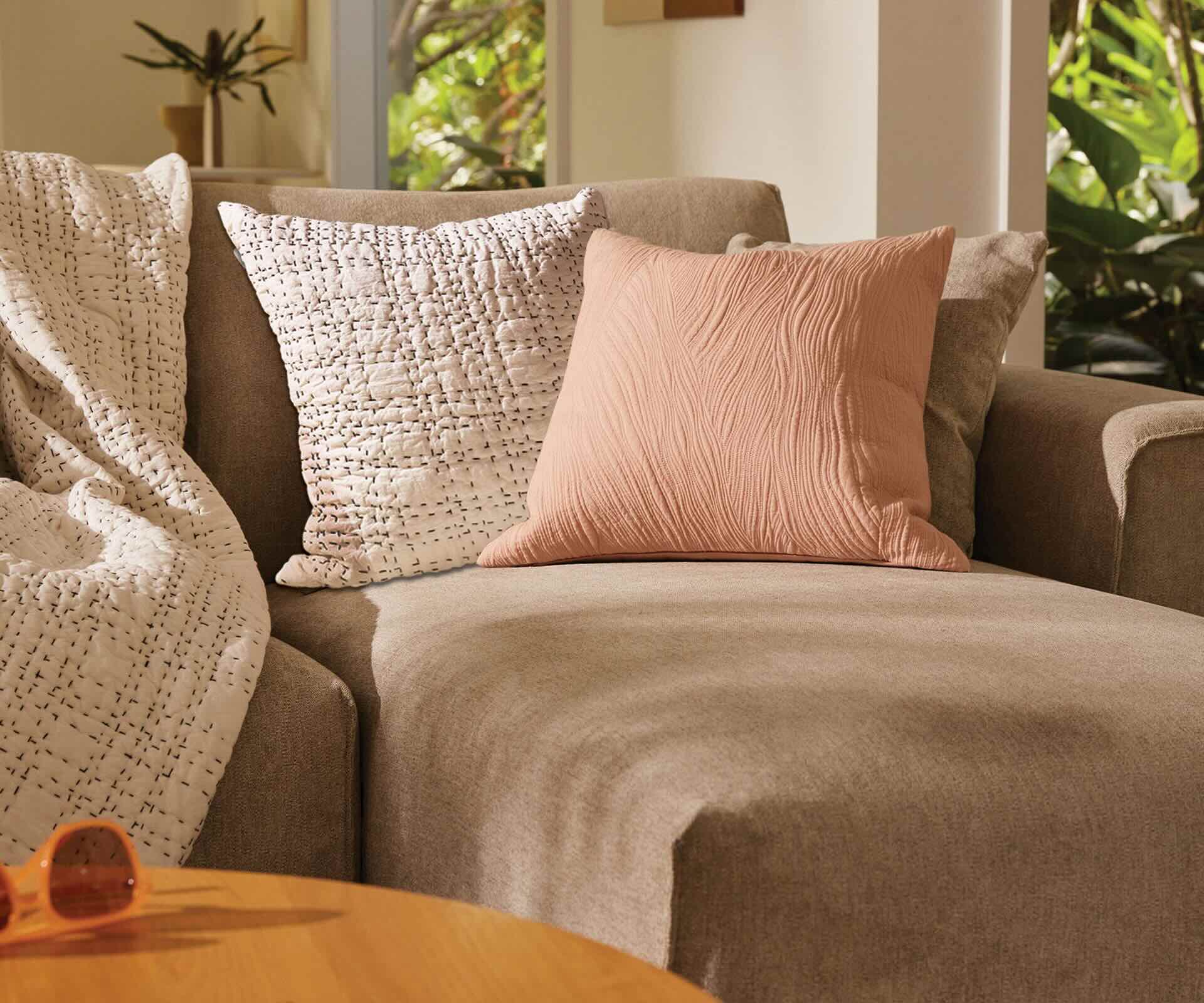
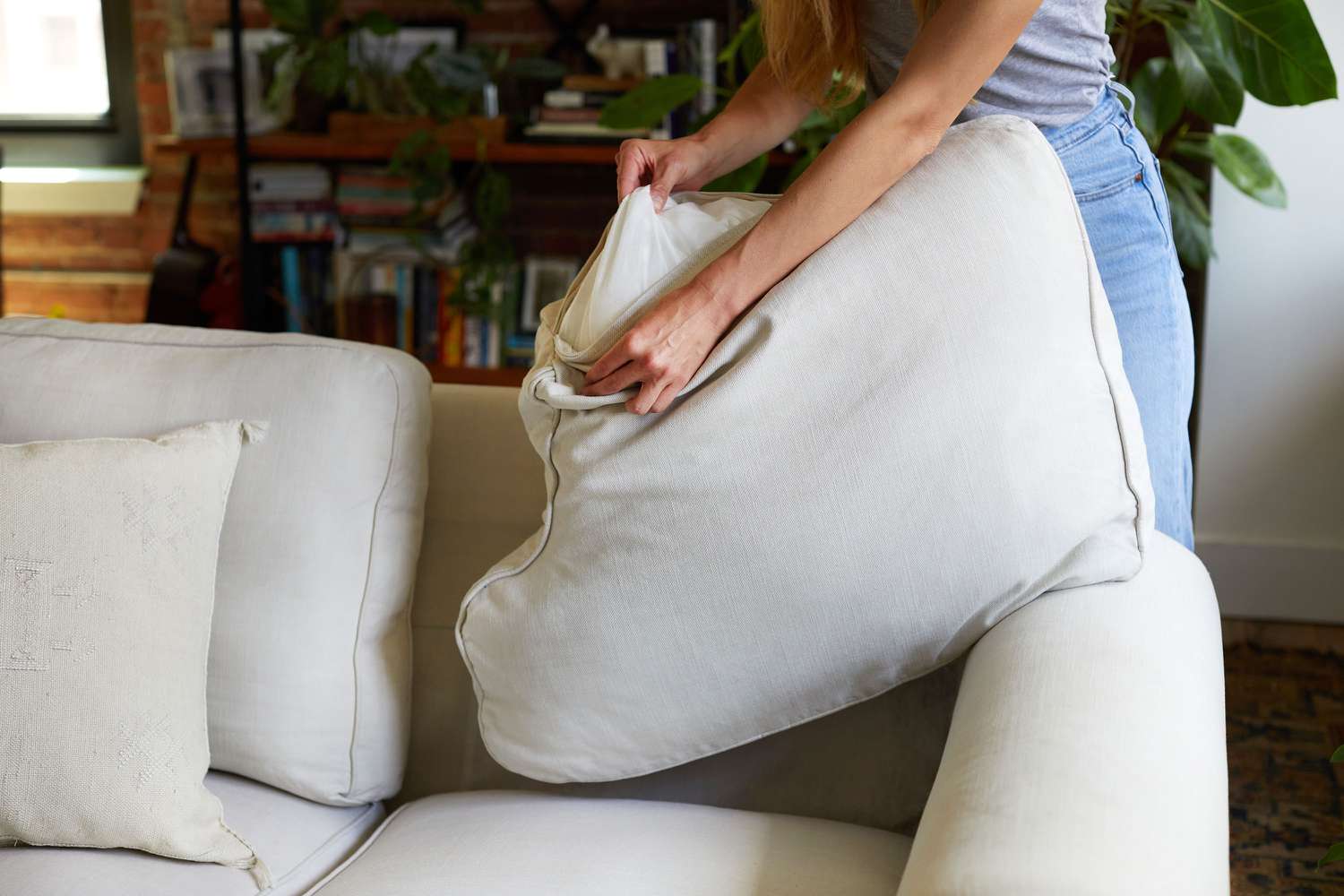
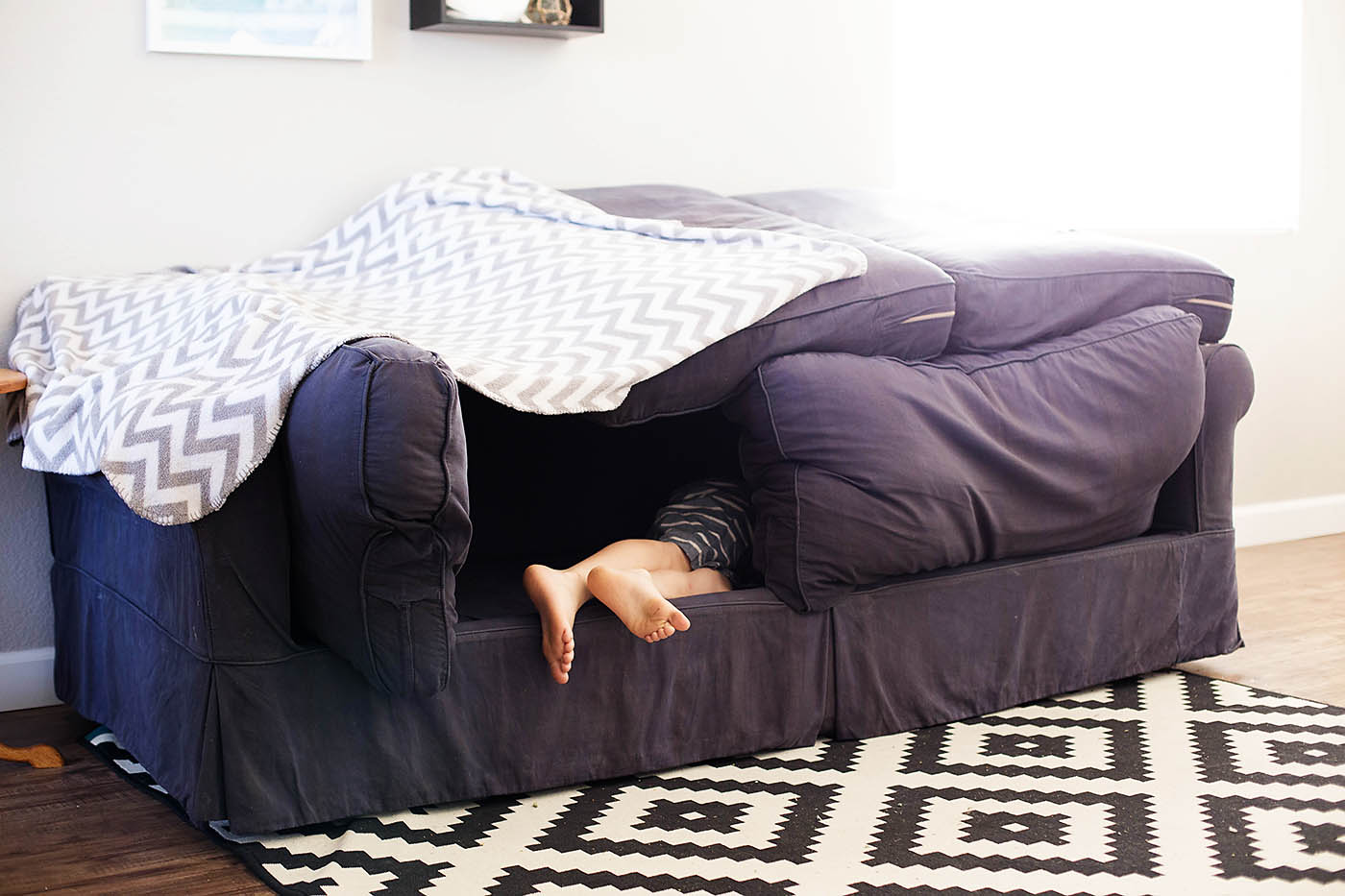
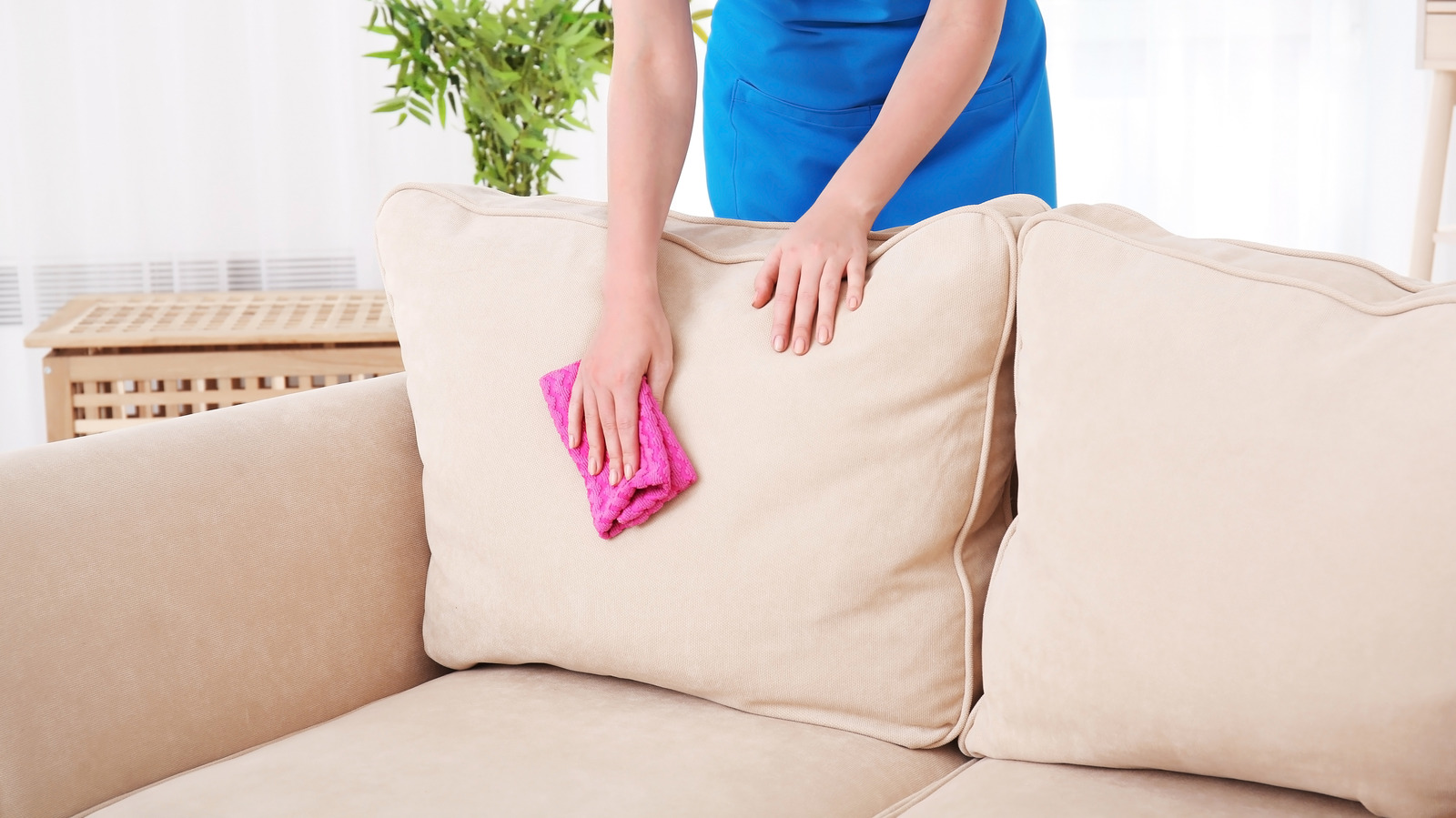
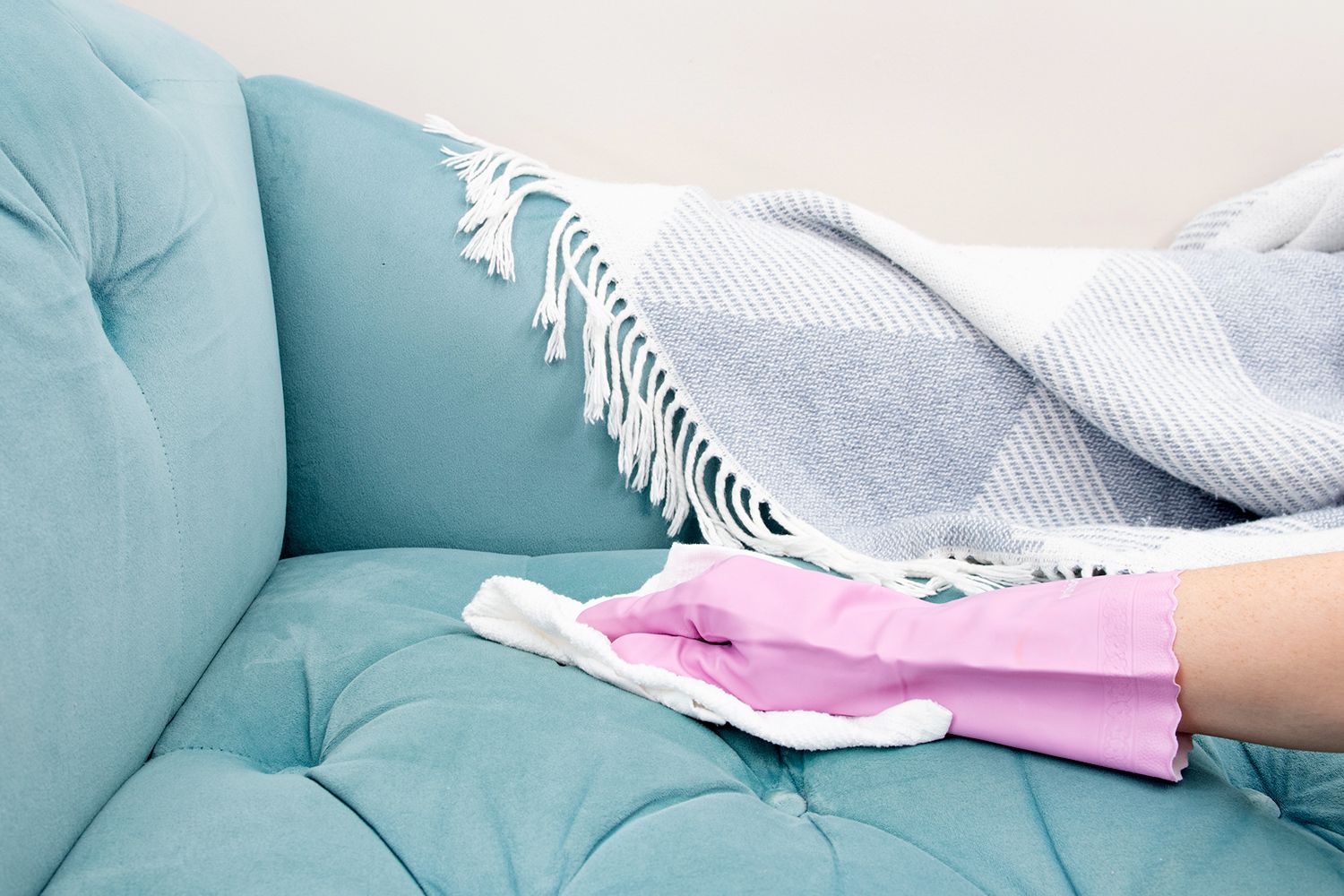
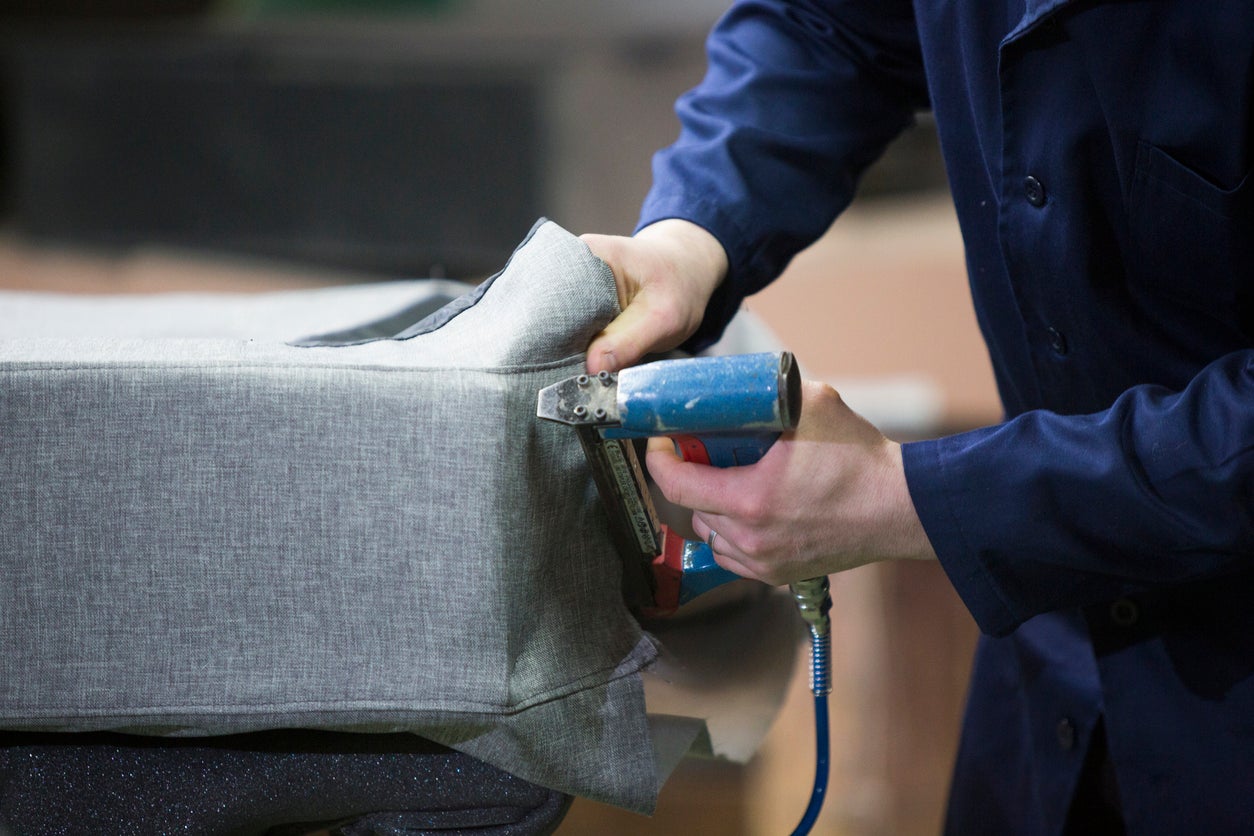
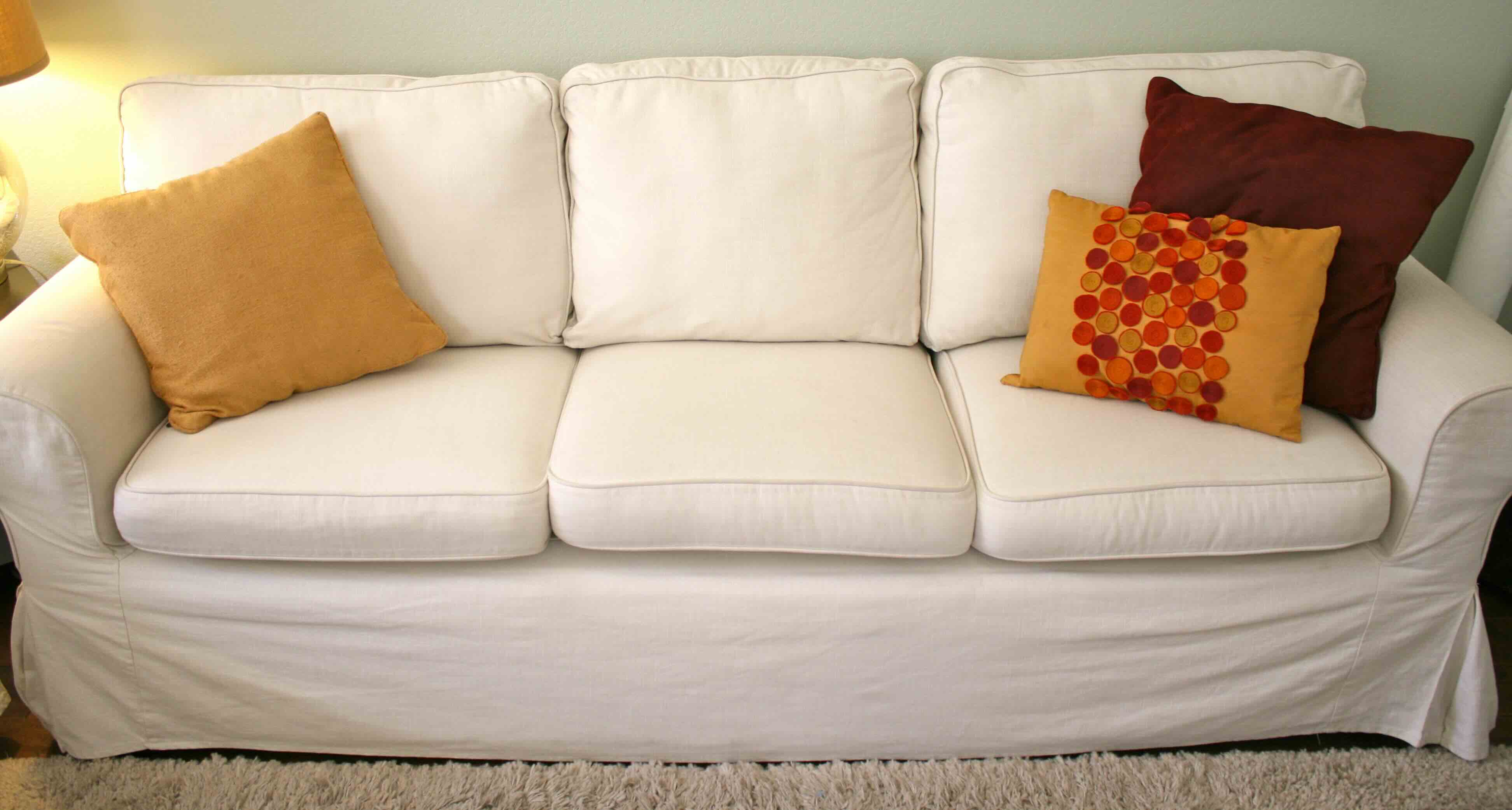
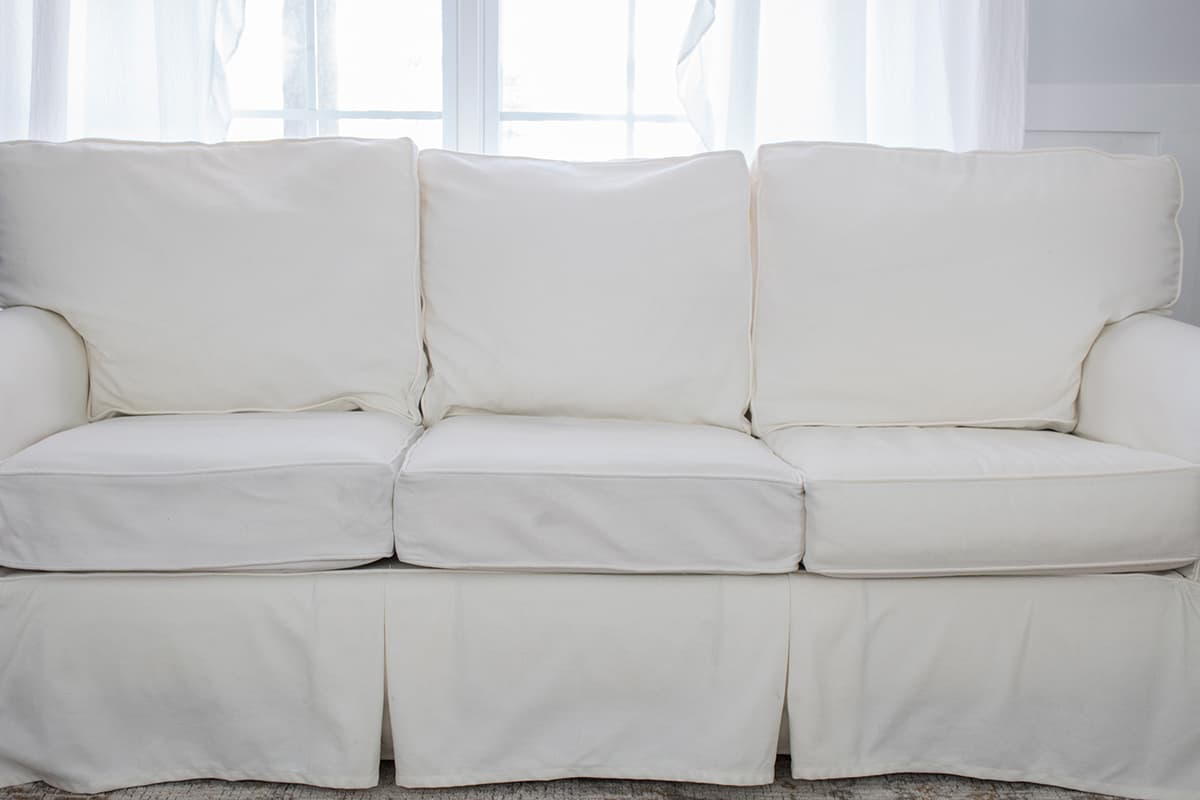

0 thoughts on “How To Clean Couch Cushions”